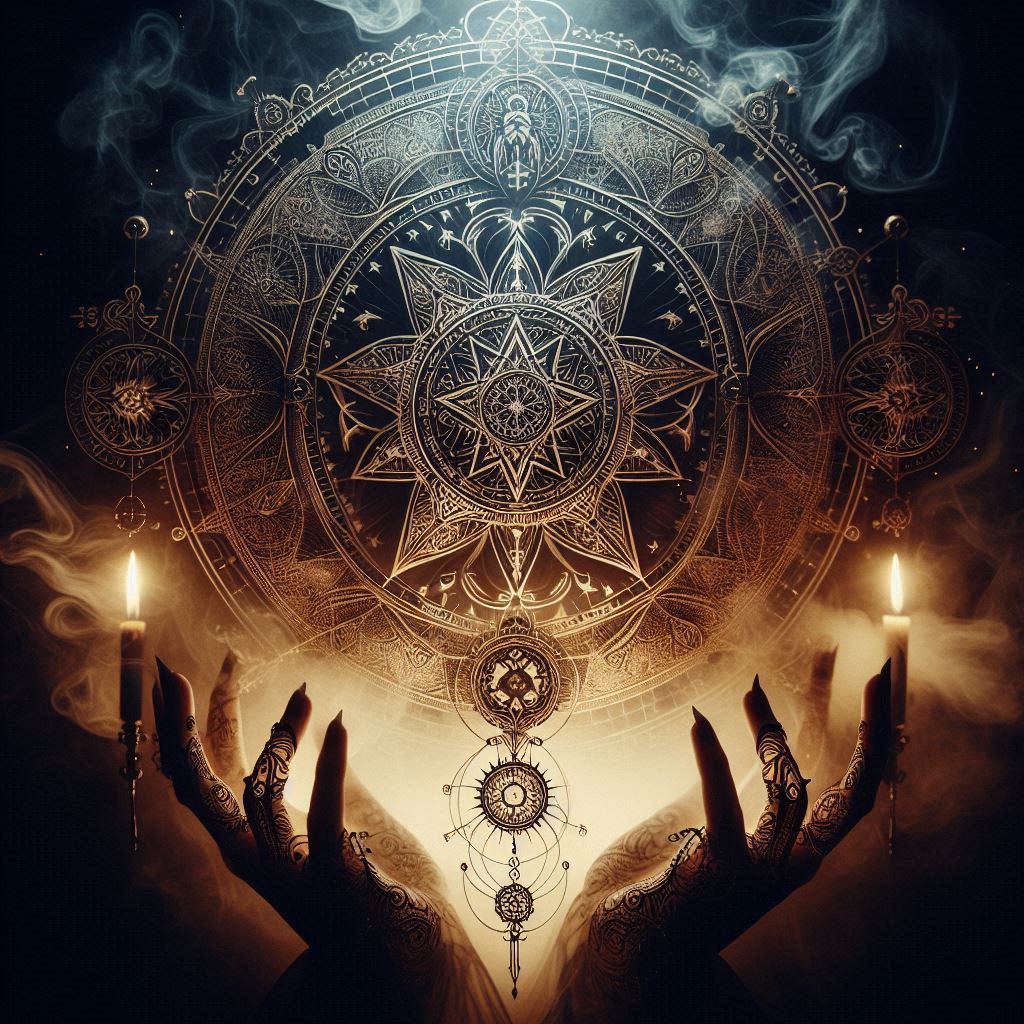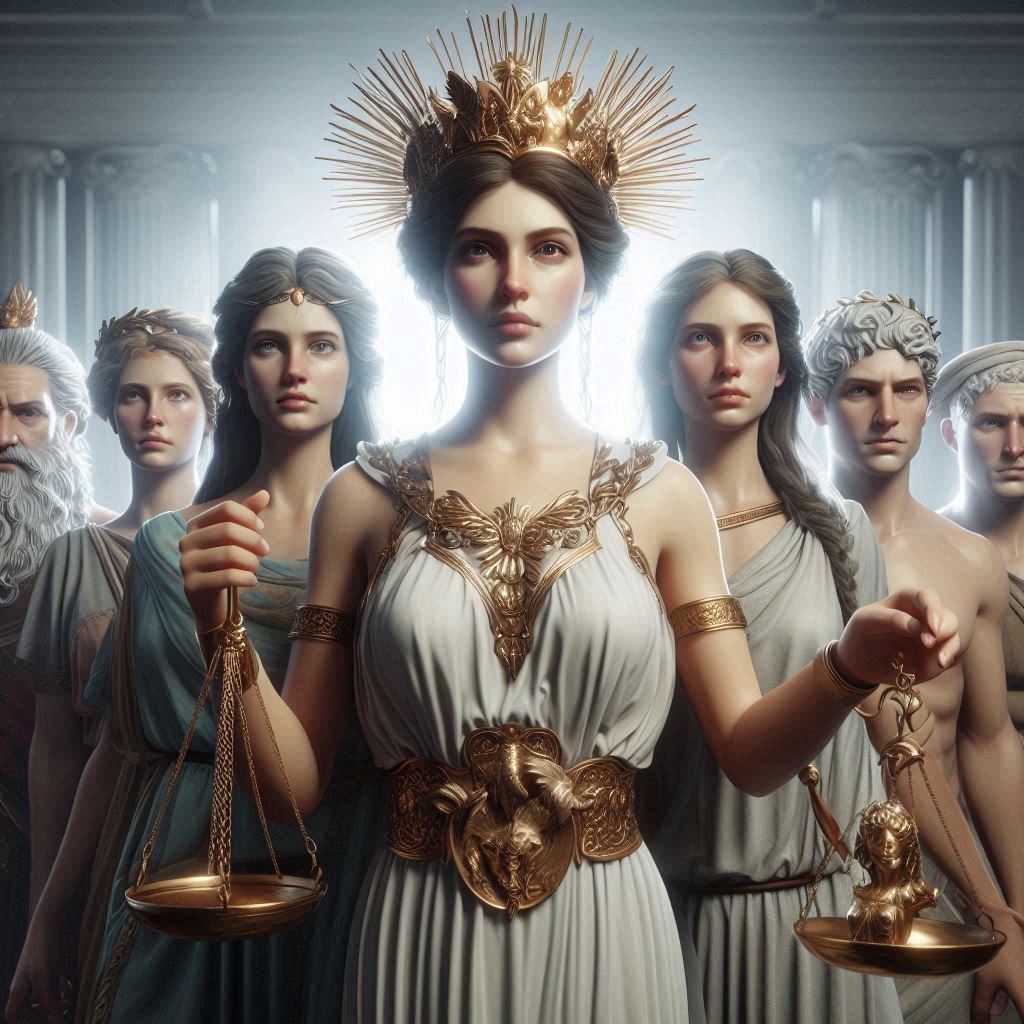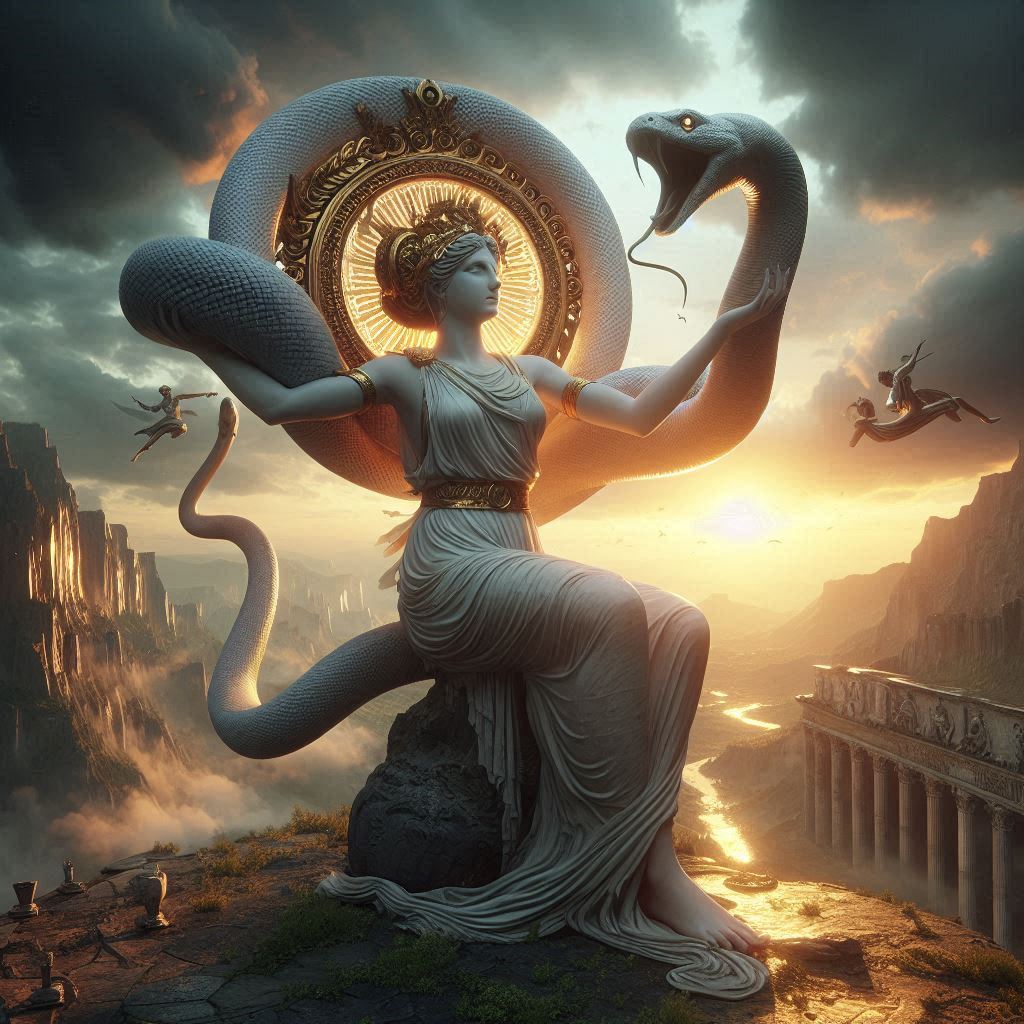Table of Contents
Revenge, Redemption, and Cinematic Homage in Kill Bill
Quentin Tarantino’s Kill Bill (2003–2004) is a two-part martial arts epic that transcends traditional action cinema, blending brutal fight sequences, nonlinear storytelling, and a rich tapestry of genre influences. Starring Uma Thurman as Beatrix Kiddo, also known as “The Bride,” the film follows her relentless quest for vengeance against the Deadly Viper Assassination Squad and their leader, Bill (David Carradine), who betrayed her. Structured as Volume 1 (2003) and Volume 2 (2004), the films pay homage to samurai cinema, spaghetti westerns, and exploitation films while crafting a deeply personal story of trauma and retribution.

This essay explores Kill Bill’s narrative structure, thematic depth, character dynamics, and stylistic choices, arguing that Tarantino uses hyper-stylized violence and genre pastiche to deconstruct the myth of revenge.
Narrative Structure: A Nonlinear Path to Vengeance
1. The Non-Chronological Storytelling
Unlike conventional revenge tales, Kill Bill employs a fragmented timeline, revealing key details out of order. The story begins with The Bride’s near-death at the hands of Bill, then jumps forward to her awakening from a coma, before flashing back to her training and past missions. This structure:
- Builds suspense (e.g., we don’t immediately know why Bill shot her).
- Mimics memory and trauma, as The Bride pieces together her shattered life.
- Pays homage to pulp serials, where chapters often jumped between past and present.
2. The Death List Five: A Revenge Checklist
The Bride’s mission is methodical: eliminate each member of the Deadly Viper Assassination Squad. Each target represents a different facet of her rage:
- Vernita Green (“Copperhead”) – A former assassin turned suburban mother, symbolizing the life The Bride could have had.
- O-Ren Ishii (“Cottonmouth”) – A yakuza leader whose rise to power mirrors The Bride’s own lethal prowess.
- Budd (“Sidewinder”) – A broken, alcoholic assassin who underestimates her.
- Elle Driver (“California Mountain Snake”) – A jealous rival who embodies pure malice.
- Bill (“Snake Charmer”) – The mastermind and emotional core of her vengeance.
This structure turns the film into a series of self-contained revenge vignettes, each with distinct tones (e.g., Volume 1’s anime backstory vs. Volume 2’s introspective showdown).
Themes: The Cost of Vengeance
1. Revenge as a Hollow Victory
The film interrogates whether vengeance truly brings closure. Key moments:
- The Bride’s breakdown after killing Bill – She sobs uncontrollably, realizing revenge hasn’t erased her pain.
- Bill’s speech about Superman – He compares The Bride to Clark Kent, suggesting her true self is the killer, not the mother. This undermines her hope for redemption.
- The fates of her targets – Vernita’s daughter witnesses her death, hinting at a cycle of violence.
2. Motherhood vs. Violence
The Bride’s love for her daughter, B.B., complicates her mission:
- Her initial attack occurs at her wedding rehearsal, where she planned to leave assassination behind.
- Bill weaponizes her motherhood, faking B.B.’s death to manipulate her.
- The final scene – She reunites with B.B., but the film ends ambiguously: can she truly escape her past?
3. Female Rage and Empowerment
Kill Bill subverts action-movie tropes by centering women in roles typically reserved for men:
- O-Ren Ishii’s rise to power – Her backstory (animated in Volume 1) shows her avenging her parents’ murder, mirroring The Bride.
- Elle Driver’s ruthlessness – She blinds an elderly master and murders Budd, embodying unchecked female fury.
- The Bride’s dominance – She defeats countless male fighters (e.g., the Crazy 88) without sexualization.
Stylistic Influences: Tarantino’s Cinematic Playground
1. Homage to Martial Arts Films
Tarantino borrows heavily from:
- Japanese chanbara (sword-fighting) films – The Bride’s katana fights recall Lady Snowblood (1973).
- Hong Kong action cinema – The House of Blue Leaves battle mirrors The Bride with White Hair (1993).
- Bruce Lee’s Game of Death – The yellow jumpsuit is a direct reference.
2. Spaghetti Western Elements
- The soundtrack – Features Ennio Morricone’s music, linking The Bride to lone-western heroes.
- The desert showdown – The final confrontation with Bill evokes The Good, the Bad and the Ugly.
3. Exploitation and Grindhouse Aesthetics
- Glorified violence – Over-the-top gore (e.g., arterial sprays) nods to 1970s exploitation films.
- Chapter titles and narration – Mimics B-movie serials.
4. Anime and Manga Stylization
- O-Ren’s backstory – The animated sequence (produced by Production I.G) reflects Japanese manga storytelling.
- Visual exaggeration – Fight scenes use dramatic angles and slow motion for comic-book flair.
Character Analysis: The Bride and Bill
1. Beatrix Kiddo/The Bride
- A deconstruction of the action hero – Her vulnerability (e.g., crying after killing Bill) contrasts with her skill.
- Her training under Pai Mei – Represents her transformation into a near-mythic warrior.
- Her moral ambiguity – She kills without remorse but shows mercy to Sofie Fatale.
2. Bill: The Charismatic Villain
- A manipulative father figure – His relationship with The Bride blurs love and control.
- His death scene – Poetic and quiet, contrasting the film’s usual brutality.
- His philosophy – He sees violence as destiny, making him a dark mirror to The Bride.
Cultural Impact and Legacy
Kill Bill redefined action cinema by:
- Elevating female-led action films – Paving the way for Mad Max: Fury Road and Atomic Blonde.
- Popularizing genre-blending – Later films like John Wick borrowed its stylized combat.
- Inspiring feminist discourse – Debates continue over whether The Bride is empowering or trapped by violence.
Conclusion
Kill Bill is more than a revenge fantasy; it’s a meditation on identity, trauma, and the futility of vengeance. Through its hyper-stylized violence, genre pastiche, and emotional depth, Tarantino crafts a story that lingers long after the credits roll. The Bride’s journey—from broken victim to unstoppable force—ends not with triumph, but with tears, suggesting that even the most satisfying revenge leaves scars.
Ultimately, Kill Bill is a love letter to cinema itself, celebrating its influences while forging something entirely new. Its legacy endures as a benchmark for action filmmaking and a testament to the power of storytelling.


No responses yet